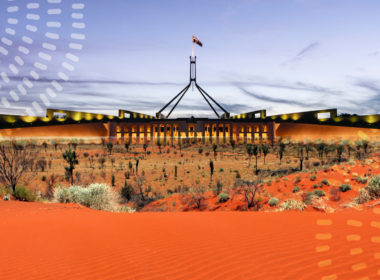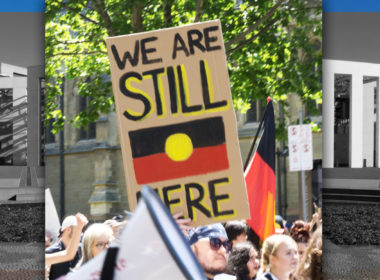Snapshot
- The Voice is to be a mechanism through which the views of First Nations people can be received by the key national institutions of public power – the Parliament and the Executive.
- The Voice has been deliberately designed to fit within existing public law structures and processes.
- The concerns raised publicly regarding the ability of the Voice to make representations to the Executive fail to take into account the power conferred on the Parliament to make laws about the legal effect of the Voice’s representations.
The Voice proposal contained in the Constitution Alteration (Aboriginal and Torres Strait Islander Voice) Bill 2023 (‘Voice Bill’) has been approved by the Joint Select Committee on the Aboriginal and Torres Strait Islander Voice Referendum and has been debated in Parliament, after which it will be put to the Australian electors in a referendum. The proposed s 129 would read:
‘In recognition of Aboriginal and Torres Strait Islander peoples as the First Peoples of Australia:
- There shall be a body, to be called the Aboriginal and Torres Strait Islander Voice;
- The Aboriginal and Torres Strait Islander Voice may make representations to the Parliament and the Executive Government of the Commonwealth on matters relating to Aboriginal and Torres Strait Islander peoples;
- The Parliament shall, subject to this Constitution, have power to make laws with respect to matters relating to the Aboriginal and Torres Strait Islander Voice, including its composition, functions, powers and procedures.’
The Voice is to be a mechanism through which the views of Aboriginal and Torres Strait Islander peoples can be received by Parliament and the Executive Government of the Commonwealth. It was the form of constitutional recognition that received consensus support at the 2017 National First Nations Constitutional Convention, and is contained in the Uluru Statement from the Heart. As that Statement outlines, it is intended to be a response to the political powerlessness of First Nations throughout Australian history. The Voice is intended to give independent advice to the Parliament and the Government about matters that affect First Nations people, with the Parliament to determine the consequences of that advice. The Voice is designed not to have legal power, not to have a program delivery function and not have a veto power.
This article provides an overview of the constitutional and administrative law issues that have been raised in relation to the Voice, and concludes that the Voice has been deliberately designed to fit within existing public law structures and processes.




